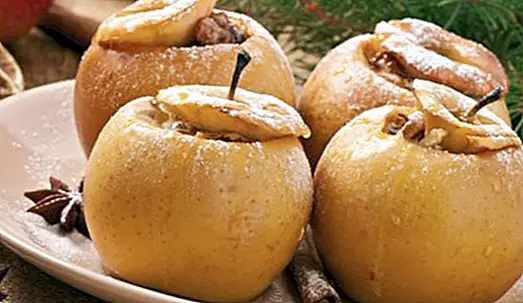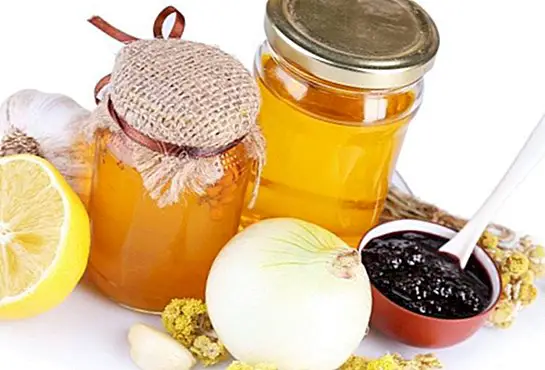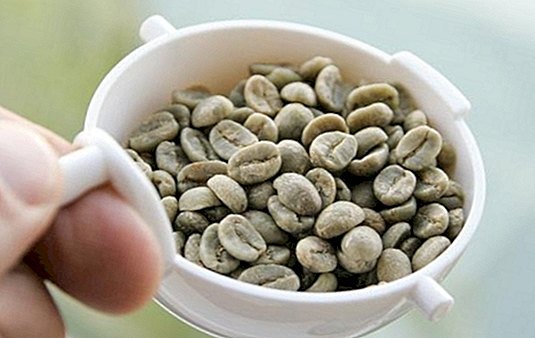What to eat with fatty liver: food and diet to follow
If we have been diagnosed with fatty liver (a liver disease that is medically known as hepatic steatosis), it is essential to make a series of changes in our diet - not only in our diet and in what we eat every day, but in our diet. our own eating habits- since this will help us in a very positive way when trying to reduce the presence of fat in the liver, relieving the symptoms that produce more typical: pain that is located in the right part of the abdomen, fatigue and weakness, loss of appetite and heaviness. You can find out more about the symptoms of fatty liver.
In this sense, the objective of changing eating habits, following an adequate diet, and taking care of our diet is to treat fatty liver by reversing the disease. And, did you know that the excessive presence of fat in this organ can easily be reversed? The food and habits that we follow can not only cause it, but can help your treatment when you follow a proper diet, you reduce the fat accumulated at the abdominal level (like the liver), and is therefore low in weight .
But first we must take into account what are the main causes that cause the excessive accumulation of fat in the liver. The most important, and common, is related to our eating habits, which influence the weight gain and, later, the appearance of associated diseases such as triglycerides and high cholesterol or diabetes.
What is the most suitable fatty liver diet
As fatty liver tends to arise as a result of weight gain, as well as the maintenance of little or unhealthy eating habits, the change of our diet, coupled with the practice of regular physical exercise and the monitoring of a healthier balanced diet , will help in a positive way when it comes to improving symptoms.
The most suitable foods
- Fresh fruits, vegetables and vegetables are advisable in any diet. In fact, it is recommended to consume 4 to 5 servings of fruits and vegetables each day. In the particular case of fatty liver, they are foods rich in vitamins, minerals and antioxidants, and also low in fat. Among the most suitable fruits are recommended such as apple, pear, papaya, strawberries, orange, lemon, plums and grapefruit. And among the vegetables, tomato, onion, eggplant, carrot and zucchini are recommended.
- Fish (both white and blue, which are rich in healthy fatty acids).
- Eggs
- White meats such as chicken, turkey and rabbit, which are low in fat.
- Foods rich in fiber help in a positive way when it comes to reducing constipation and improving intestinal transit. It is recommended to consume whole grains, brown rice, wholemeal pasta and wholemeal bread every day.
- White cheeses and low fat.
- Dairy and skimmed milk products or skimmed milk products.
- Raw olive oil in salads and to season cooked vegetables and vegetables (maximum 1 tablespoon per day).
Foods to be avoided
- Avoid processed foods rich in saturated fats and refined sugars, as for example could be the case of pastries, pastries, cookies and junk food in general (pizzas, hamburgers, hot dogs ...).
- Sausages, such as cooked ham, chistorra, sausages, chorizo, bologna or bacon.
- Sauces
- Margarine.
- Dairy products and whole dairy products (such as whole milk, butter, fatty cheeses).
- Alcoholic beverages should not be consumed.

Diet with example menu if you have fatty liver
In addition to the nutritional recommendations indicated above, here is a sample menu that will help you discover how you could better distribute your meals:
| Principal Food | Day 1 | Day 2 | Day 3 | Day 4 |
| Breakfast | 1 pear or diced papaya + 2 wholemeal biscuits + 2 slices of fresh cheese + 1 glass of grapefruit juice | 1 cup of low-fat yogurt + 1/2 cup of granola + 1 kiwi | 2 slices of whole wheat bread + 2 slices of white cheese + 1 apple juice | 1 cup oatmeal porridge + 1 apple + Fruit tea |
| Half morning | 1 plum | 1 apple | Low-fat Greek yogurt | Pineapple |
| lunch | Fresh salad (carrot, lettuce, tomato and raisins) + 1 grilled chicken fillet + Rice | 1 cup of cooked peas + 1 cup of brown rice + 1 slice of whole grain bread + 1 pear | 1 baked hake fillet with fresh salad + 1 apple | Fresh salad + 2 scrambled eggs + 1 slice of fresh cheese |
| Snack | Banana and apple smoothie with vegetable drink or skim milk | Kiwi with strawberries | 1 low-fat yogurt with 1/2 cup of muesli | 1 cup of gelatin (without sugar) |
| Dinner | 1 cup of brown rice + turkey breast + salad of tomato and lettuce | French omelet + cherry tomatoes + 1 peach + 1 chamomile infusion | Whole wheat pasta + tomatoes + mushrooms + pineapple | 1 rooster fillet (fish) baked + 1 cup sweet potato puree + 1 plum |
Change eating habits and routines
As in the majority of the occasions the fatty liver is produced as a result of the consumption of alcoholic beverages (in the case of fatty alcoholic liver), and by the maintenance of unhealthy habits and the null practice of physical exercise (in the case of the liver non-alcoholic fat), it is essential to change habits, not only food but our own daily routine.
The key is, therefore, in trying to reduce fat and avoid overweight. In this sense, the practice of some type of regular physical activity helps to obtain better results when it comes to reducing and completely eliminating the presence of fat in the liver - not only on the outside of the organ, but also inside it. , since it allows us to eliminate accumulated fat and also lose weight.
And what are the most appropriate physical exercises? Physical activity should be aerobic, being interesting to regularly practice exercises such as walking, running, swimming or cycling. Regarding the period of time to practice it, it is recommended to do it at least 3 times a week between 40 to 60 minutes each time.
Images from Istockphoto
Bibliography:
- Salvador Augustin, Isabel Graupera, Juan Caballeria. Non-alcoholic fatty liver disease: A poorly known pandemic. Clinical Medicine (English Edition), Volume 149, Issue 12, 20 December 2017, Pages 542-548. Available at: //www.sciencedirect.com/science/article/pii/S0025775317305122
- Carolina María Perdomo Zelaya and Francisco Javier Escalada San Martín. Treatment of non-alcoholic fatty liver in diabetes mellitus type 2: why treat non-alcoholic fatty liver ?. Endocrinol Diabetes Nutr Supl. 2017; 1 (2): 21-27. Available at: //www.elsevier.es/es-revista-endocrinologia-diabetes-nutricion-13-pdf-X2530016417615204


